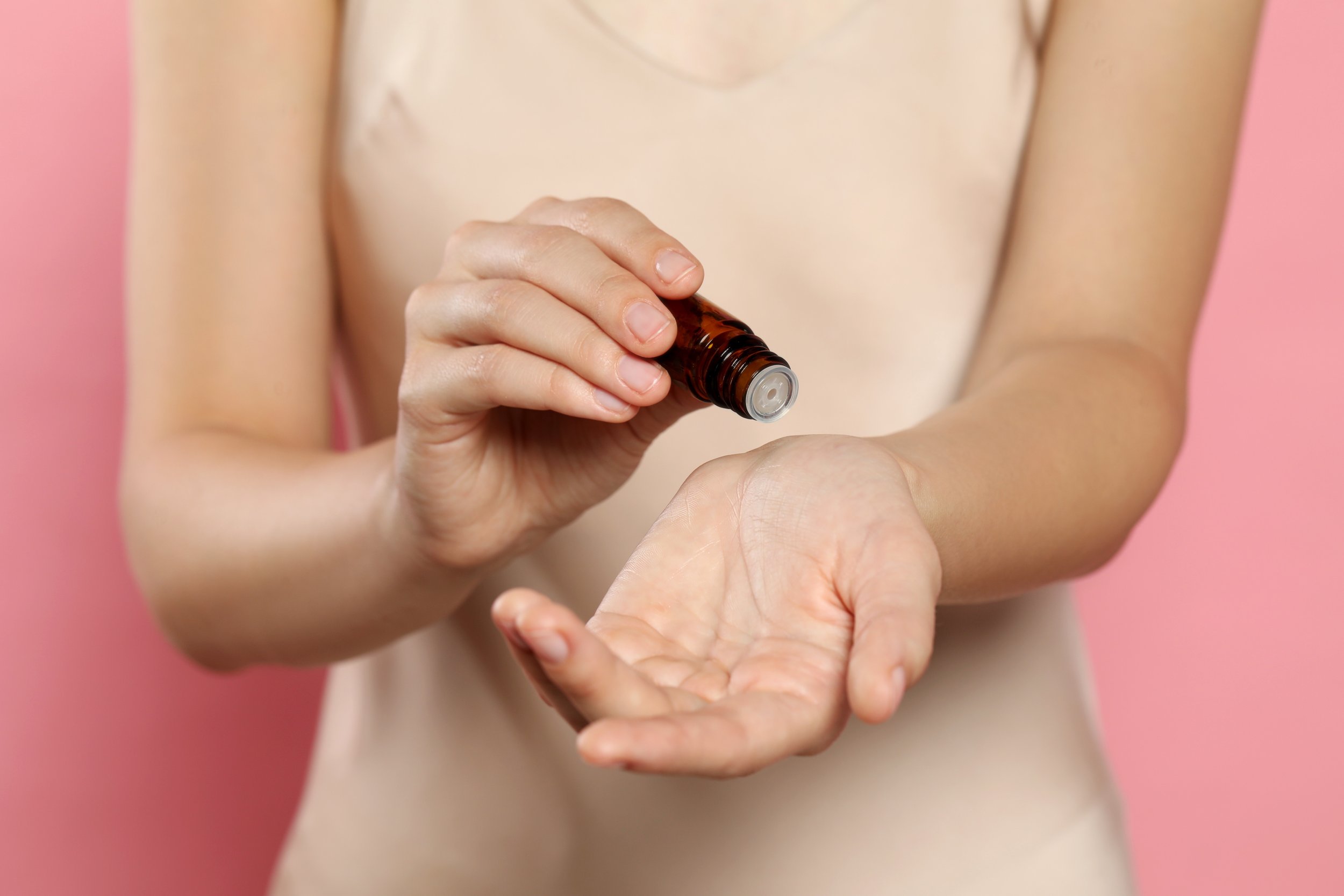Essential oils – are they cosmetics?
For years essential oils have been used as traditional remedies for all sorts of ailments and diseases. Nowadays, they have a variety of uses, ranging from inhalation to massage to topical use.
In the supermarket, you will most commonly find essential oils sitting alongside food supplements and herbal medicines due to their traditional homoeopathic benefits, however if you were to take a look at the packaging, you will see that they are usually labelled as cosmetic products.
Although unsurprising, as essential oils can provide cosmetic benefits when they are within a finished product, it has been a hot topic amongst regulators whether pure essential oils meet the definition of a cosmetic product.
Let’s go back to basics and take a look at the definition according to The Cosmetics Regulation…
A "cosmetic product" shall mean any substance or mixture intended to be placed in contact with the various external parts of the human body (epidermis, hair system, nails, lips and external genital organs) or with the teeth and the mucous membranes of the oral cavity with a view exclusively or mainly to cleaning them, perfuming them, changing their appearance and/or correcting body odours and/or protecting them or keeping them in good condition.
If we are to break this definition down, we should ask ourselves the following:
Q. Are essential oils placed in contact with the various external parts of the human body?
A. Not always… the majority of the time, instructions are given to dilute or mix essential oils in a base formulation in order to have a cosmetic application
Q. Is the function of essential oils one that is listed in the definition?
Again, not always… essential oils are commonly used for perfuming (which is a cosmetic function), however many essential oils highlight their medicinal properties and therefore a cosmetic classification is not suitable.
So, if the answer to neither of these questions is yes, then why are we labelling these products as cosmetics?
This topic has been discussed in the 23rd Meeting of Competent Authorities for REACH and CLP* (CARACAL). They had noted that more and more suppliers from EU Member States and third countries were neither labelling nor applying childproof fastenings to their products with reference to the exemption from CLP for cosmetic products. In almost all cases essential oils are classified into different hazard categories in the Classification & Labelling inventory and it is believed that the intention of using the cosmetic exemption is to avoid proper CLP labelling. This presents a real safety issue as there is no requirement for cosmetics to have child fastening.
The exemption for CLP labelling on cosmetics is specifically for products in the finished state intended for the final user so therefore, if it is expected that the essential oil needs to be diluted or mixed with a base formulation (e.g. bath water or a massage oil), this is arguably not in the finished state and would not meet the requirement for exemption. The conclusion from the CARACAL meeting was that essential oils almost always require mixing with oil/water/other components before direct application to skin/human body in massage, sauna, and aromatherapy or as a bathing additive, so therefore they do not meet the CLP exemption and require full CLP labelling because they are not considered a cosmetic product in the finished state.
At Bloom, we recognise that some common cosmetics need to be diluted in water before use e.g. bath oils, bath salts, solid shampoos etc. The fact that these products cannot be used directly on the skin without water does not make them non-cosmetic.
The Caracal meeting did highlight however that readymade mixtures with essential oils, such as bathing additives/massage oils, and cosmetic kits as such (e.g. almond oil and essential oils in one package), would not be subject to CLP while the individual component (if not a cosmetic product by itself) would be subject to both CLP and the Cosmetics Regulation. This approach would result in the consistent application of CLP labelling and child-resistant fastening to all (pure) essential oils, regardless of their intended or claimed use as cosmetic product.
The next time you see essential oils on the shelf, take a look and check whether it has been labelled as a cosmetic or a hazardous product!
If you or your business need support with compliant CLP labelling, please do not hesitate to get in touch. We are happy to help!
Laila Manshi


